Table Of Content
Dakshinamurthy Stotram
![dakshinamurthy-stotram-tring]()
मौनव्यख्य द्वारा घोषित परब्रह्मतत्त्वं युवनम्
वर्षिष्ठान्ते वासदृशिगणैरवृतं ब्राह्मणनिष्ठैः |
आचार्येन्द्रम कराकलीथा चिन्मुद्रमानंदमूर्ति
स्वात्माराम मुदितवदानं दक्षिणामूर्तिमेइदे || 1 ||
वातवितापिसामीपेभूमिभागे निशन्नम्
सकलमुनिजाननं ज्ञानदातारामरथ |
त्रिभुवनगुरिमेषा दक्षिण मूर्ति देव हैं
जनमरणदुःखच्छेददक्षम् नमामि || 2 ||
मूवी वत्तारोर्मुले वृद्धः शिष्य गुरुयुवा |
गुरुस्तु मौनं भाष्य शिष्यस्तुचिन्नासंशयः || 3 ||
निधाये सर्वविद्यानाम भिषजे भवारोगिनम् |
गुरुवे सर्वलोकानां दक्षिणामूर्तये नमः || 4 ||
ॐ नमः प्रणवार्थाय सुद्धग्नैकमूर्तये |
निर्मलाय प्रशांताय दक्षिणामूर्तये नमः || 5 ||
चिदघनया महेसाया वातमू के मूल निवासी हैं
सच्चिदानंदरूपाय दक्षिणामूर्तये नमः || 6 ||
ईश्वरो गुरुरातमेति मूर्तिभेदविभागिने |
व्योमवद्व्यल्देहाय दक्षिणामूर्तये नमः || 7 ||
इति श्री दक्षिणामूर्ति स्तोत्रम् ||
Dakshinamurthy Stotram in Telugu
![dakshinamurthy-stotram-tring]()
మౌనవ్యాఖ్యా ప్రకటిత పరబ్రహ్మతత్త్వం యువానం
వర్షిష్ఠాంతే వసదృషిగణైరావృతం బ్రహ్మనిష్ఠైః |
ఆచార్యేంద్రం కరకలిత చిన్ముద్రమానందమూర్తిం
స్వాత్మారామం ముదితవదనం దక్షిణామూర్తిమీడే || ౧ ||
వటవిటపిసమీపేభూమిభాగే నిషణ్ణం
సకలమునిజనానాం జ్ఞానదాతారమారాత్ |
త్రిభువనగురుమీశం దక్షిణామూర్తిదేవం
జననమరణదుఃఖచ్ఛేదదక్షం నమామి || ౨ ||
చిత్రం వటతరోర్మూలే వృద్ధాః శిష్యా గురుర్యువా |
గురోస్తు మౌనం వ్యాఖ్యానం శిష్యాస్తుచ్ఛిన్నసంశయాః || ౩ ||
నిధయే సర్వవిద్యానాం భిషజే భవరోగిణామ్ |
గురవే సర్వలోకానాం దక్షిణామూర్తయే నమః || ౪ ||
ఓం నమః ప్రణవార్థాయ శుద్ధజ్ఞానైకమూర్తయే |
నిర్మలాయ ప్రశాంతాయ దక్షిణామూర్తయే నమః || ౫ ||
చిద్ఘనాయ మహేశాయ వటమూలనివాసినే |
సచ్చిదానందరూపాయ దక్షిణామూర్తయే నమః || ౬ ||
ఈశ్వరో గురురాత్మేతి మూర్తిభేదవిభాగినే |
వ్యోమవద్వ్యాప్తదేహాయ దక్షిణామూర్తయే నమః || ౭ ||
ఇతి శ్రీ దక్షిణామూర్తి స్తోత్రమ్ ||
Dakshinamurthy Stotram Lyrics in English
![dakshinamurthy-stotram-tring]()
Maunavyakhya prakatita parabrahma-tattvam yuvanam
Varshishthaante vasadrishiganair avritam brahmanishthaih |
Aacharyendram karakalita chinmudramananda roopam
Swatmarame muditavadanam dakshinamurtimidee || 1 ||
Vatavitapisaampipebhoomibhage nishannam
Sakala munijanaanam gyanadaataararat |
Tribhuvanagurimeesha dakshina moorti dev hain
Janmamarandukhachchet daksham namaami || 2 ||
Mooli vatarormoole vraddha shishya guruyuva |
Gurustu maunamershishyastu chinnasamshayah || 3 ||
Nidhaye sarvavidyaanaam bhishje bhavaroginam |
Gurave sarwalokaanaam dakshinamurtaye namah || 4 ||
Om namah pranavaarthaya shuddha gnyaneika moortaye |
Nirmalaaya prashaamtaaya dakshinamurtaye namah || 5 ||
Chidghanaya mahesaaya vatamoo ke mool nivaasi hain
Sachidaanandaroopaaya dakshinamurtaye namah || 6 ||
Eeshwaro gururaatmeti moortibhedavibhaagine |
Vyomavad vyapdehaaya dakshinamurtaye namah || 7 ||
Iti shree dakshinamurti stotram ||
Dakshinamurthy Temples
![dakshinamurthy-stotram-tring]()
There are only a few of temples where Dakshinamurti is the main deity, despite the fact that his icon is present in every Shiva temple.
- Dakshinamurti icon installed in every Shiva temple, but only a few have Dakshinamurti as the chief deity.
- Mahakaleshwar in Ujjain: only Dakshinamurti Jyotirlinga, significant for Shaivites as a learning site.
- Sree Dakshinamurti Temple, Sukapuram, Edapal Taluk, Malappuram District, Kerala: established by Suka Maharshi, around 1500 years old.
- Sree Medha Dakshinamurti Temple, Gujrathipeta, Srikakulam, Andhra Pradesh.
- Sree Medha Dakshina Murthy Temple, Sri Neelakanteswara Swamy Temple Complex, Makavaram, Kuddigam village, Srikakulam District, Andhra Pradesh: consecrated in June 2022.
- Shiva temple in Vaikom, Kottayam district, Kerala: deity worshipped as Dakshinamurti in the morning, Kirathamurthy in the afternoon, and Umamaheshwara in the evening.
Significance of Dakshinamurthy Stotram
The Dakshinamurti Stotram is significant due to its focus on the Supreme Self (Atman) and it portrays Guru Dakshinamurti, an aspect of Lord Shiva, as the entity who eradicates ignorance and imparts enlightenment. Guru Dakshinamurti is traditionally depicted seated in the southward direction, encircled by sages.
This Stotram, originally composed by Adi Shankaracharya, elucidates the metaphysical attributes of the universe, encapsulating the philosophy of Advaita Vedanta in an accessible and succinct manner. This sacred verse leads those in quest of spiritual truth towards an understanding of the cosmos's interconnectedness and the underlying unity of all existence.
When the Dakshinamurti Stotram is chanted with dedication, it serves to augment one's comprehension of the non-dualistic essence of reality, channeling the sagacity personified by Shiva in his divine teacher manifestation. The potent guidance bestowed by Guru Dakshinamurti is capable of steering a disciple out of the darkness of ignorance and towards the illumination of knowledge and ultimate self-realization.
How to chant Dakshinamurthy Stotram
![dakshinamurthy-stotram-tring]()
The Dakshinamurti Stotram is a profound hymn; therefore, its chanting involves not just the recitation of verses but also adherence to a proper mindset and environment. Here are some steps on how you can chant Dakshinamurti Stotram:
- Preparation: Find a calm and quiet space where you can sit comfortably without any disturbances. You can rest on a chair or sit cross-legged on the floor, whatever is comfortable for you.
- Cleansing: Before starting the chant, take a moment to clear your mind of all external thoughts and worries. This purification of mind helps in deeper concentration and better absorption of the meanings behind the verses.
- Mindfulness: Keep your mind focused on the verses as you chant. Be aware of the words, their pronunciation, and their meaning. You can find a simple translation of the Stotram to understand its meaning more deeply.
- Recitation: Begin chanting the verses of the Dakshinamurti Stotram slowly and clearly. It's okay if you don't get the pronunciations correct initially; with practice, they will come naturally. You can also follow along with a recorded version if you find that helpful.
- Meditation: After you finish chanting, close your eyes and meditate on the meaning of the stotram, allowing the wisdom to permeate your consciousness.
The key to successful chanting lies in regular practice and devotion. The Dakshinamurti Stotram is not just a set of verses but a tool for deeper introspection and meditation.
Benefits of Dakshinamurthy Stotram
The Dakshinamurthy Stotram, composed by Adi Shankara, is a sacred Sanskrit hymn that provides numerous benefits to those who chant it with sincere devotion. Unlike most hymns that bestow wealth and material comforts, the Dakshinamurthy Stotram helps the devotee to understand ignorance, illusion, and the way to liberation from worldly attachments.
Some of the key benefits of the Dakshinamurthy Stotram include:
- Enhancing the devotee's understanding, comprehension, and grasp of knowledge and wisdom in both academics and the real world.
- Preparing the disciple to manifest a teacher (Guru) and achieve excellence in their chosen field.
- Developing the devotee's awareness and understanding of the metaphysics of the universe within the tradition of Advaita Vedanta.
It's worth noting that Guru Dakshinamurthy is considered a benevolent teacher, who imparts the greatest awareness and understanding, thereby offering wisdom to seekers of salvation. Thus, regularly chanting the Dakshinamurthy Stotram can greatly benefit a devotee's spiritual progress and well-being by providing a better understanding of the universe, eradicating ignorance, and fostering the necessary wisdom to achieve salvation.
Dakshinamurthy Stotram Images And PDF
Dakshinamurthy Stotram Images
![Dakshinamurthy Stotram Images.png Dakshinamurthy Stotram Images]()
![Dakshinamurthy Stotram Images (1).png Dakshinamurthy Stotram Telugu Images]()
![Dakshinamurthy Stotram Images (2).png Dakshinamurthy Stotram Images (2)]()
Dakshinamurthy Stotram Pdf Free Download
![Aarti.jpg]()
Book A Celebrity To Chant Dakshinamurthy Stotram For You
Imagine getting a special video of Dakshinamurthy Stotram sung by your favourite singers? Yes it is possible to make singers like, Shankar Mahadevan, Aarya Ambekar, Rekha Bhardwaj, Vaishali Samant, Sonu Kakkar, and Kishori Shahane to chant a stotram for you.
Tring helps you book a personalised video stotra for your loved ones on special occassions. With the message you customise for them
![book-your-stotram-video-now-button]()
![birthday occasion]() Birthday Gifts
Birthday Gifts
![anniversary occasion]() Anniversary Gifts
Anniversary Gifts
![women]() Women
Women
![men]() Men
Men
![Couples]() Couples
Couples
![Couples]() Wedding Gifts
Wedding Gifts

 Birthday Gifts
Birthday Gifts
 Women
Women
 Men
Men
 Anniversary Gifts
Anniversary Gifts
 Wedding Gifts
Wedding Gifts
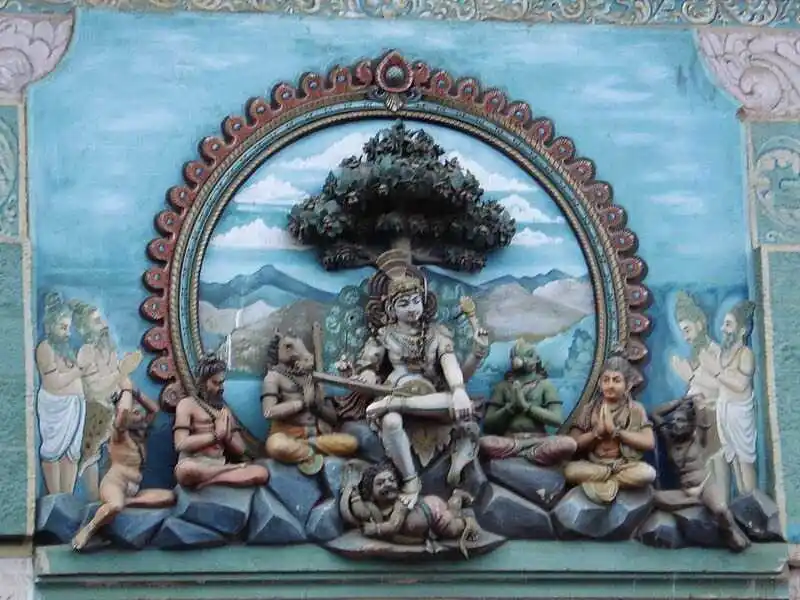
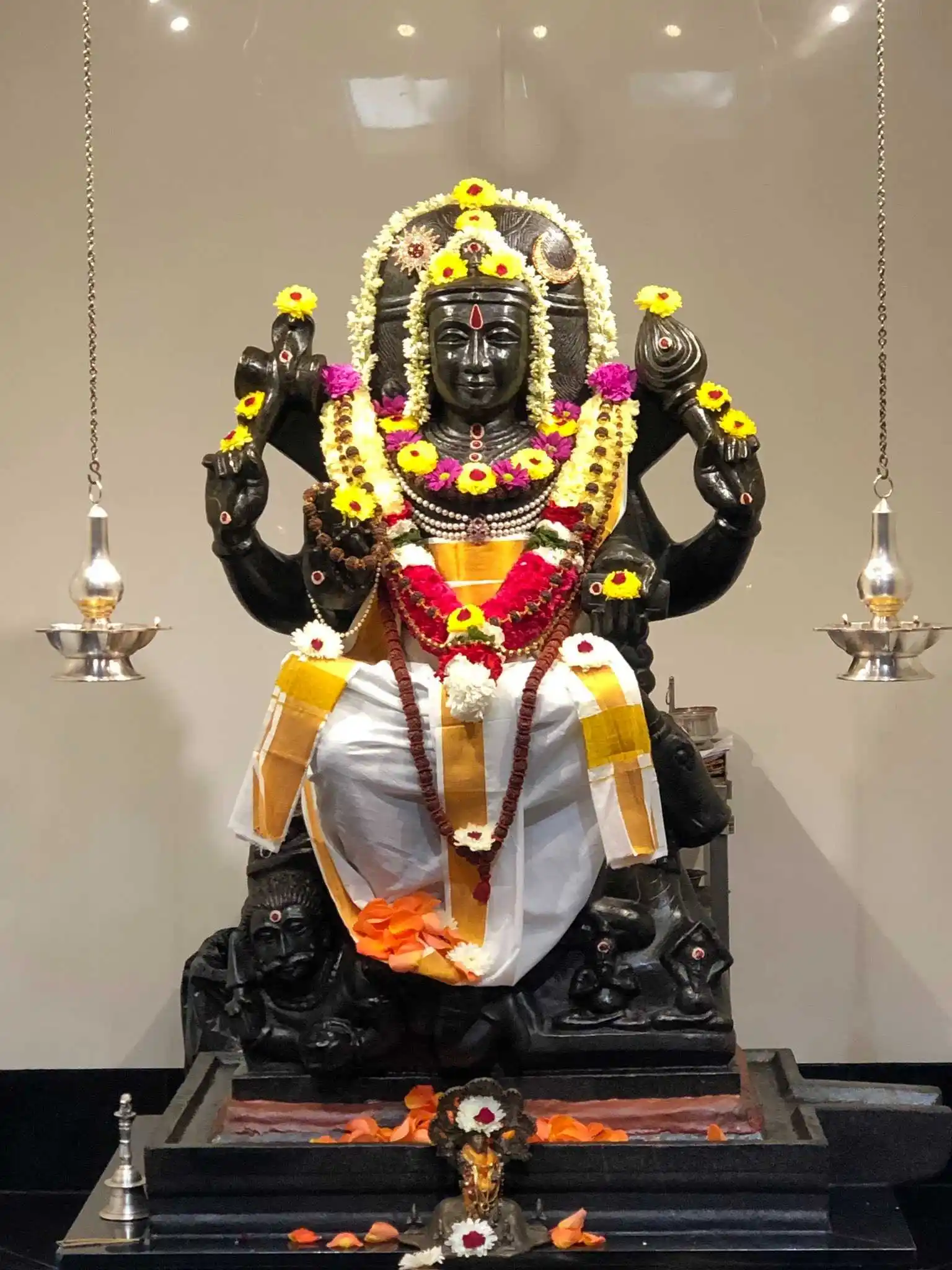
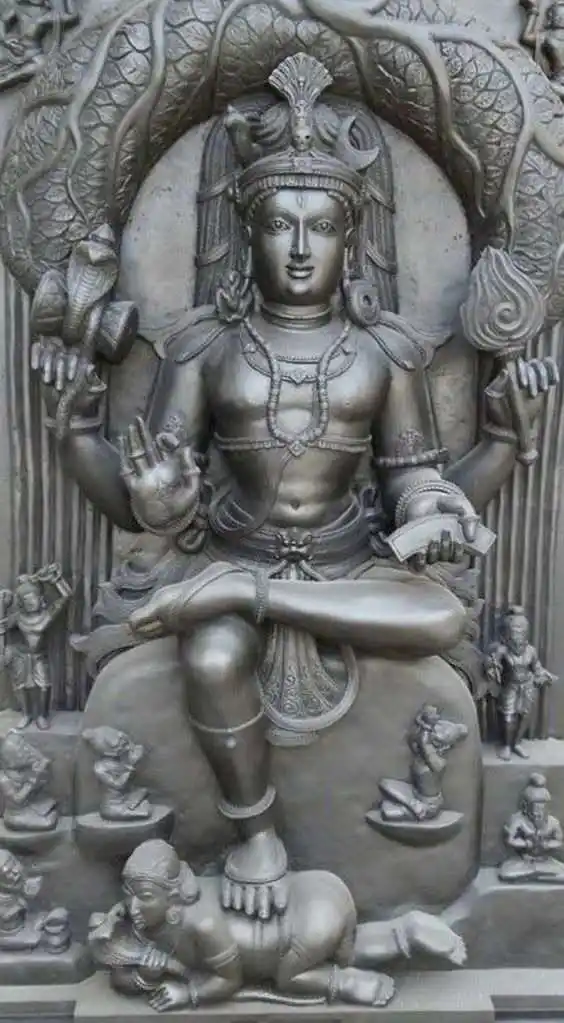
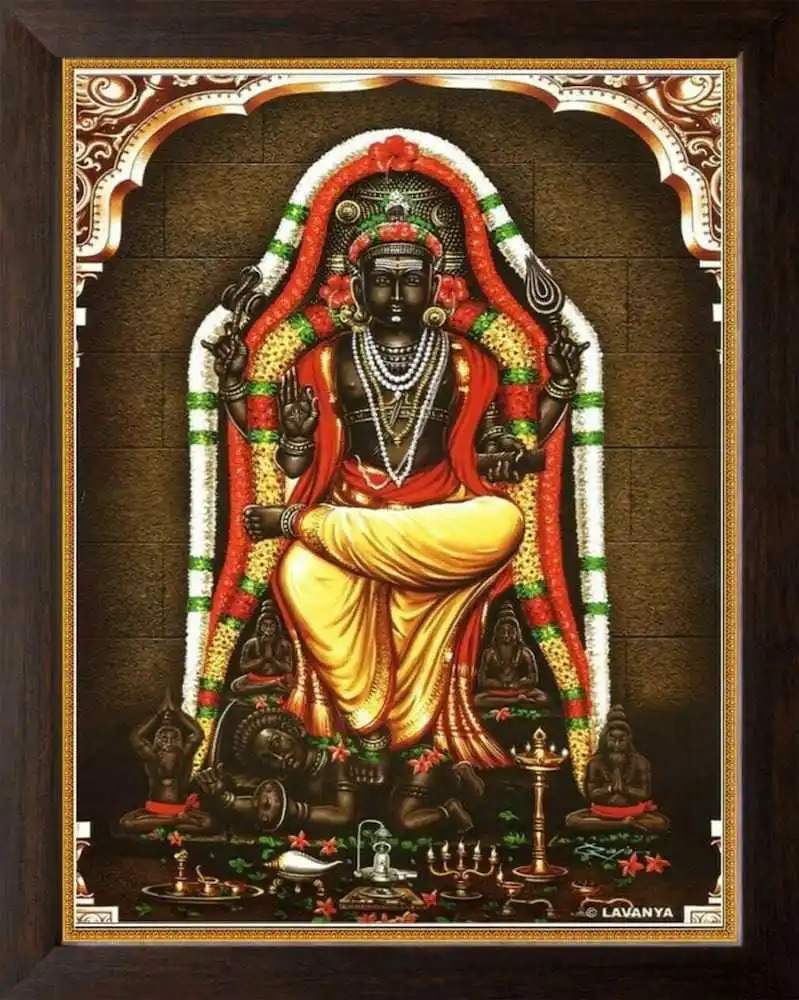

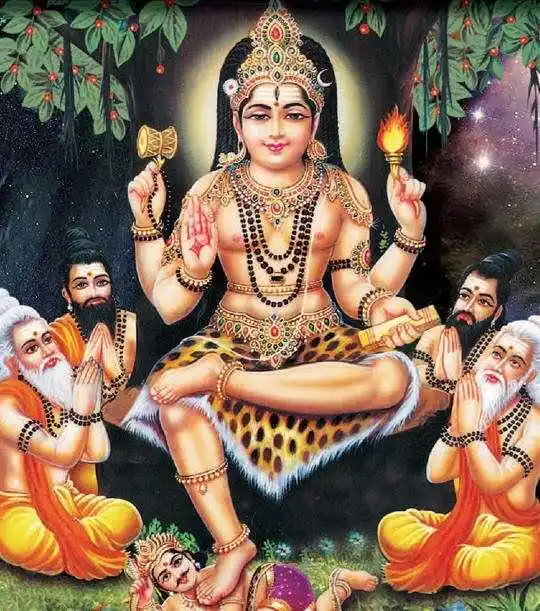
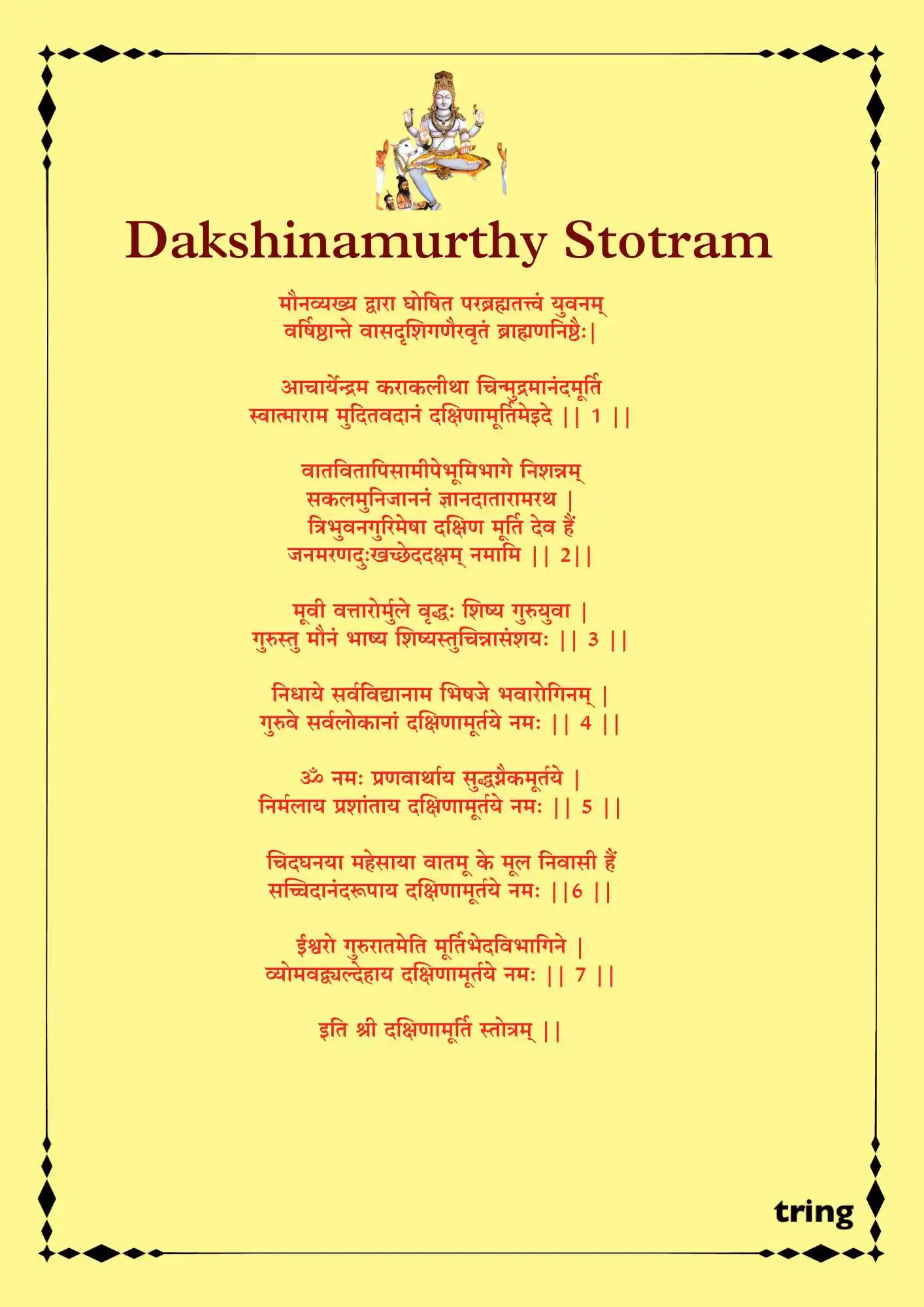
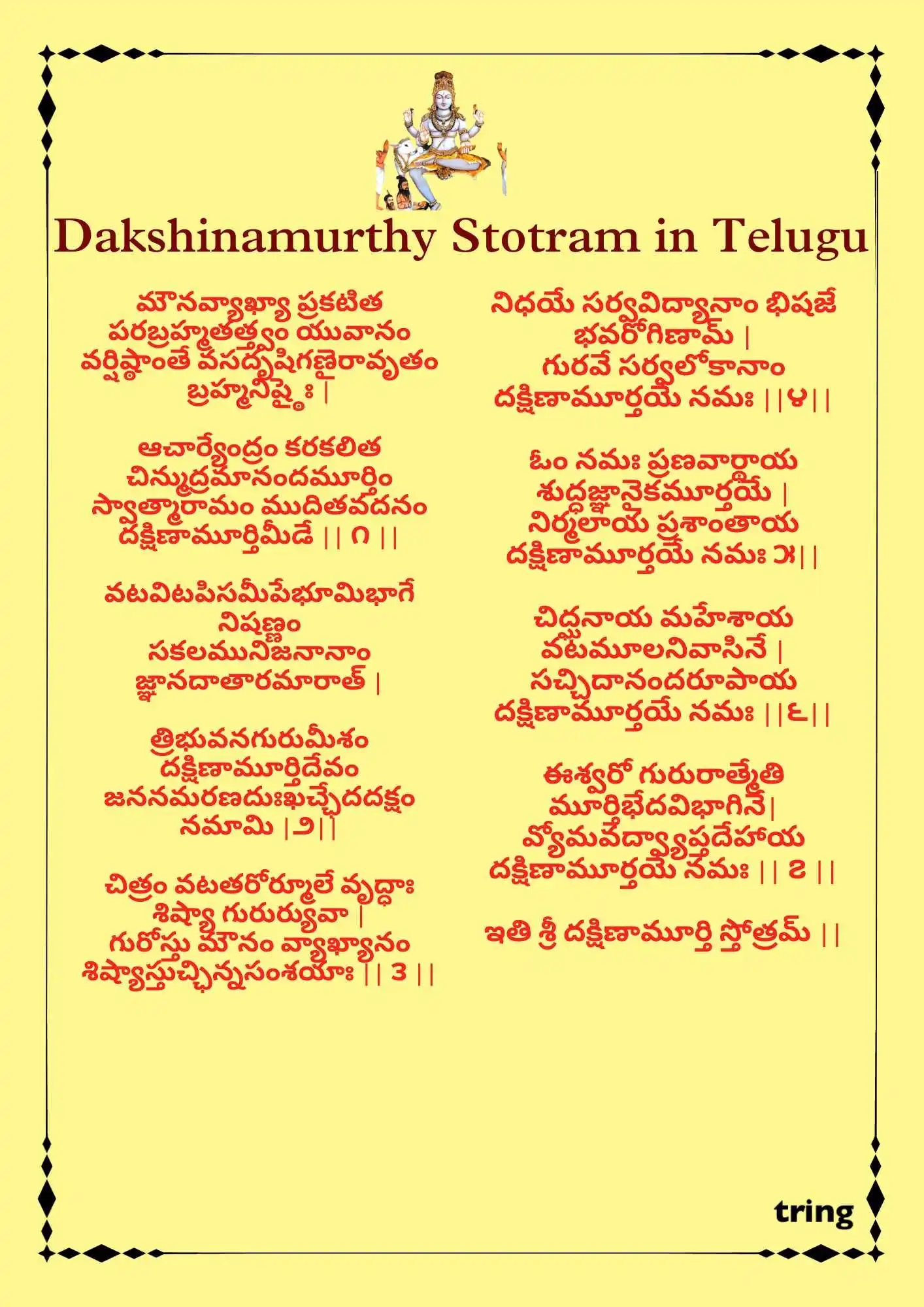
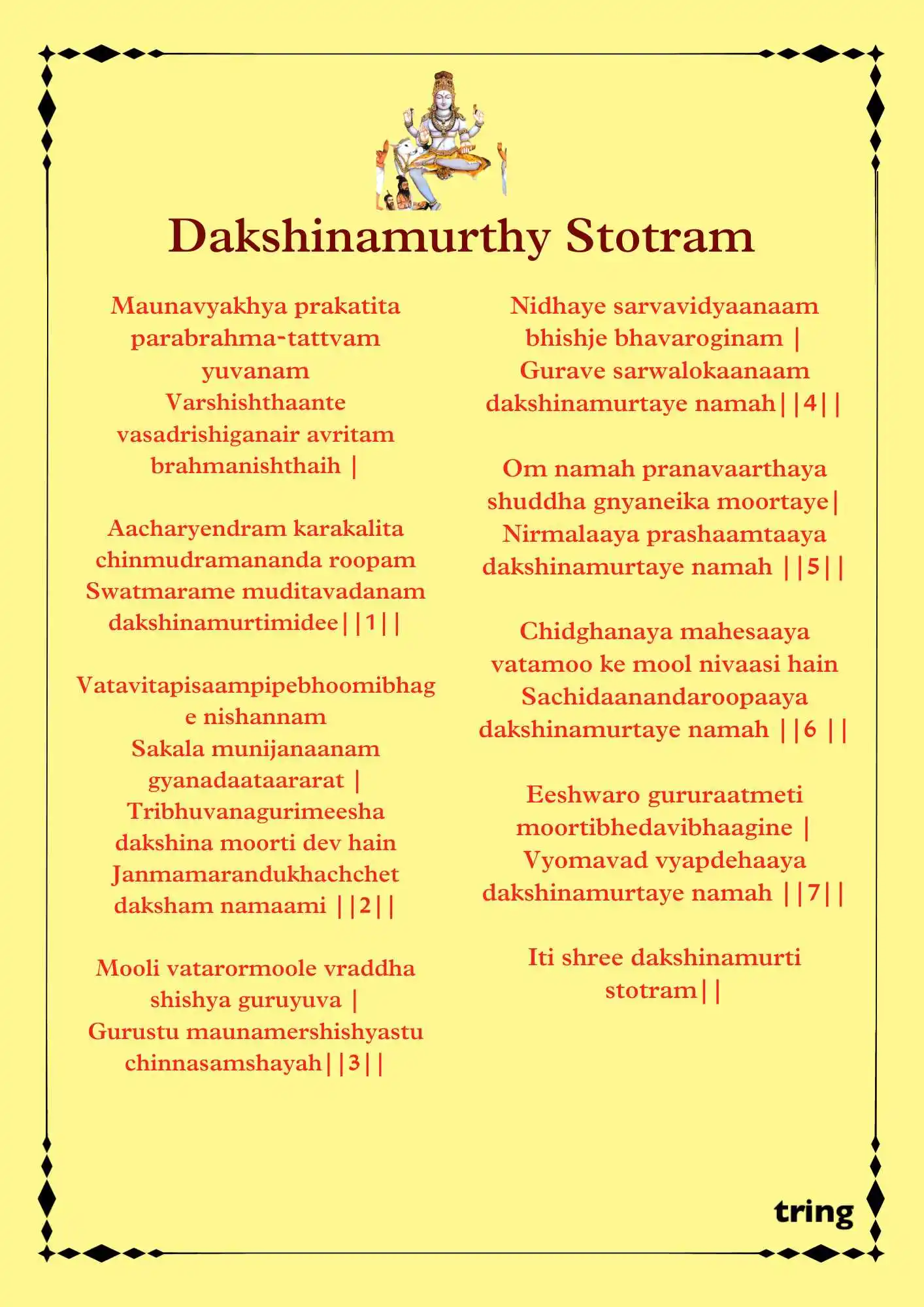







 We now support international payments
We now support international payments
